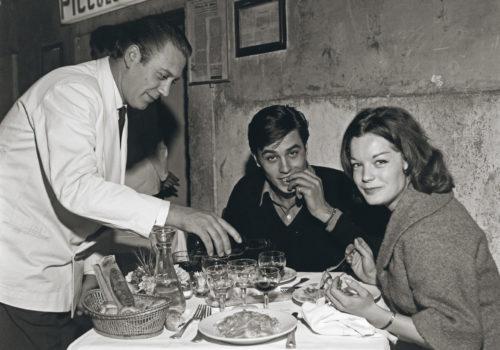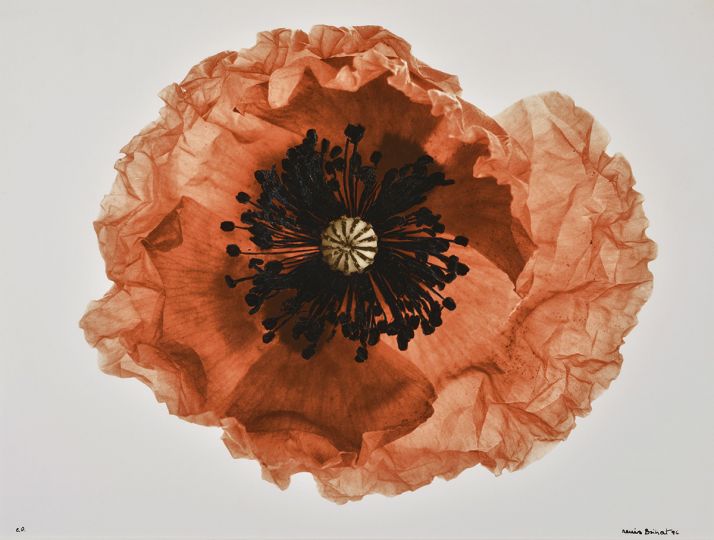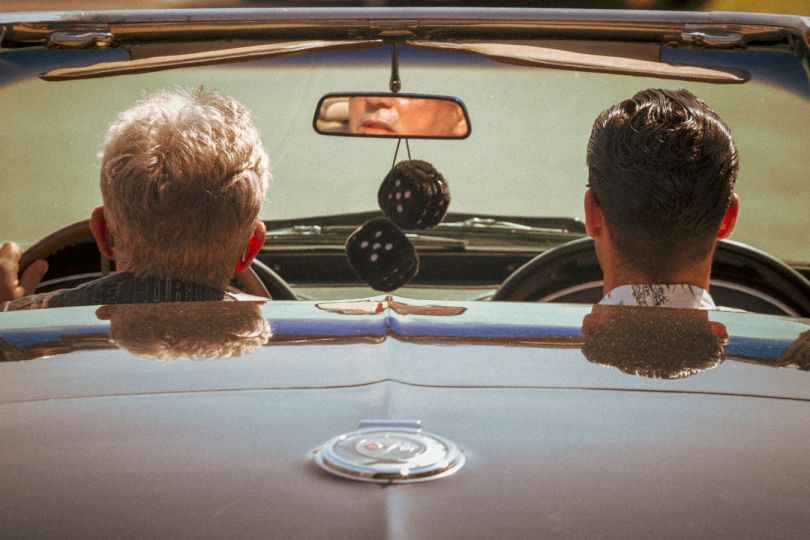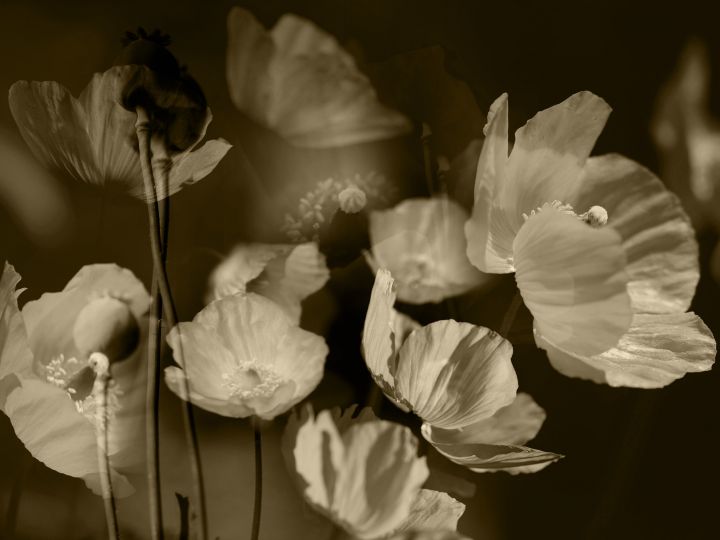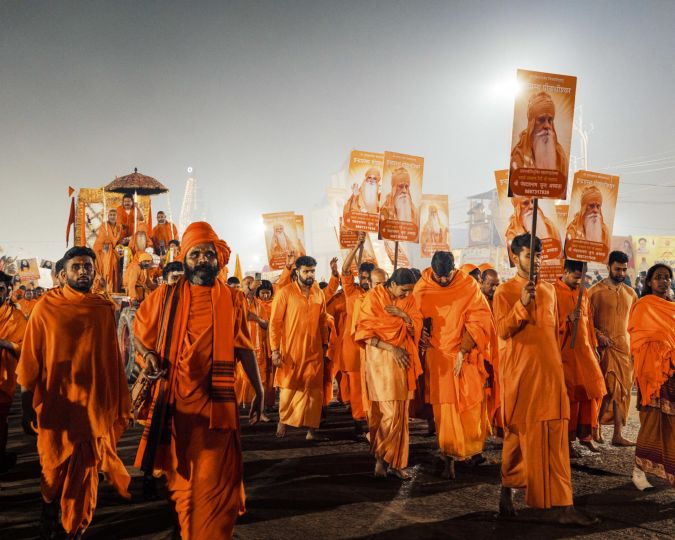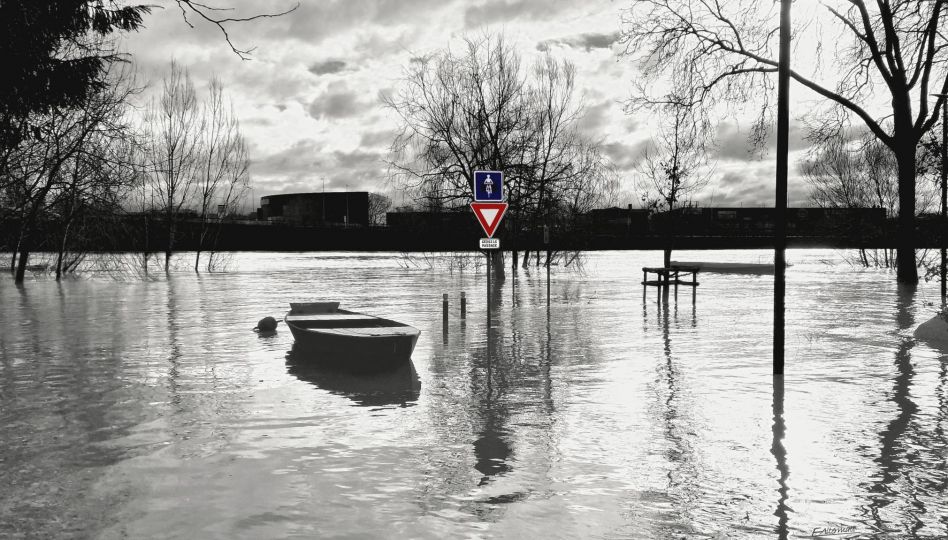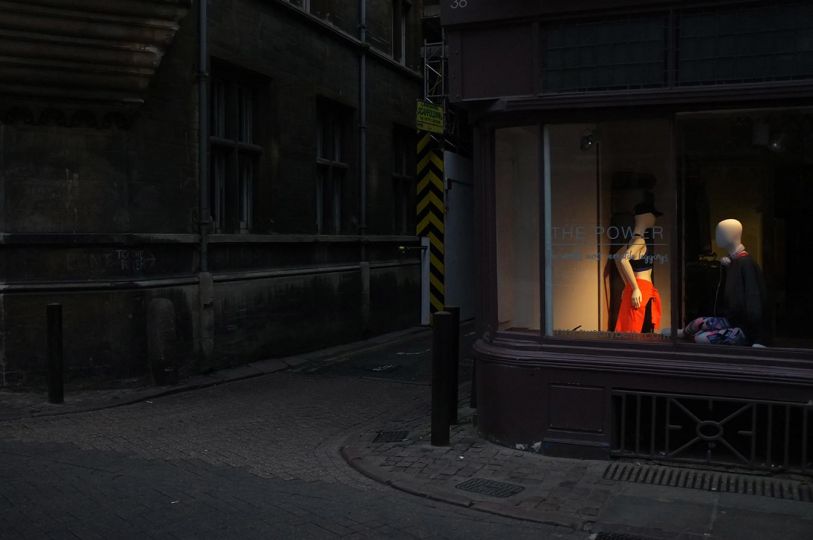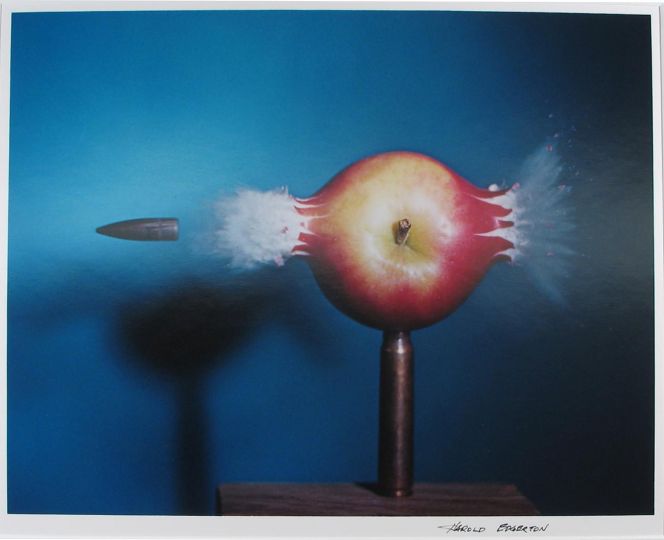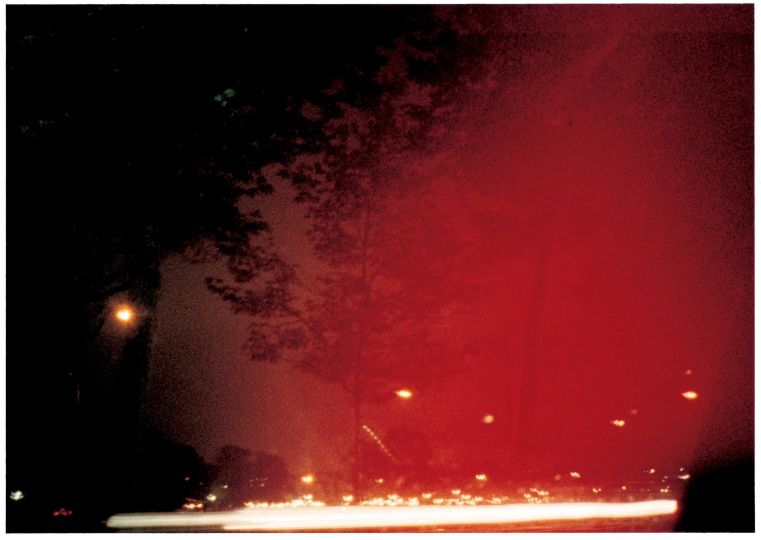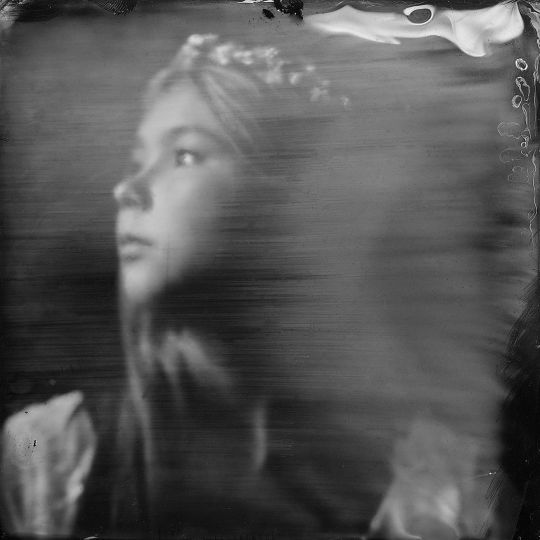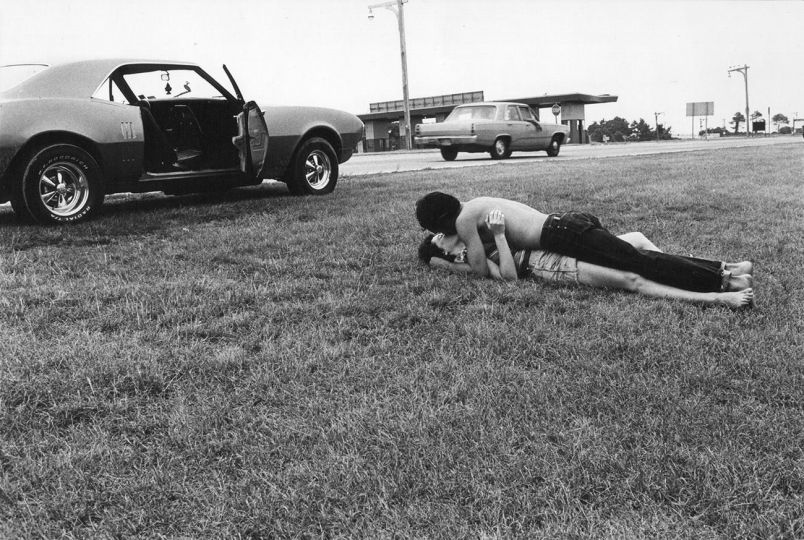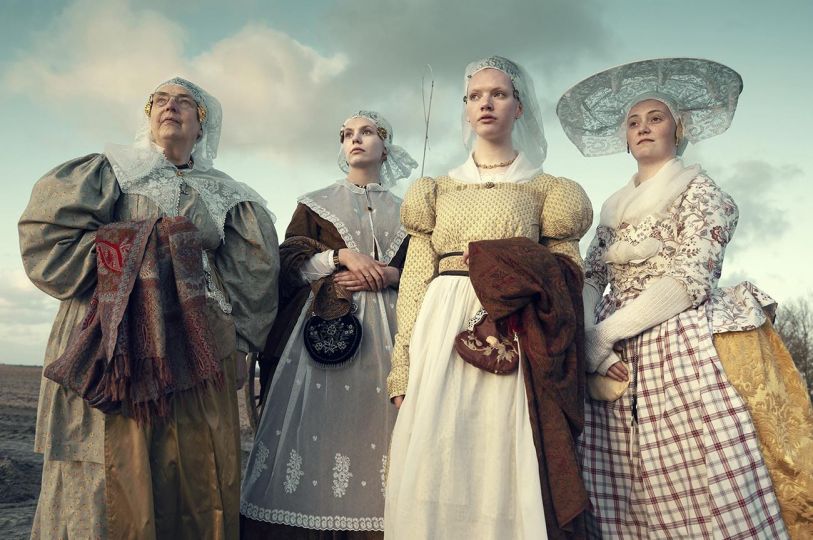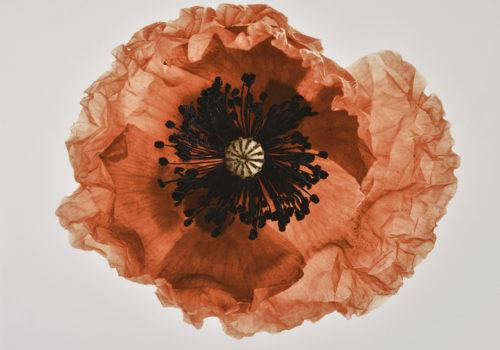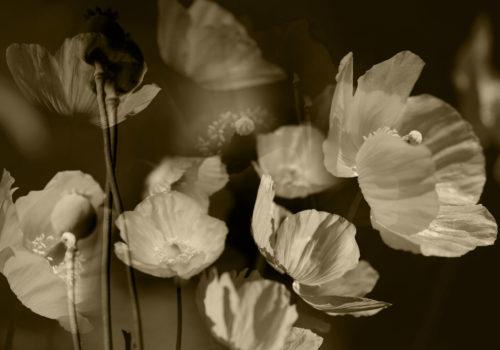Herbert Fried is a name that is ultimately little known in the photographic landscape today, and yet, “Herb” immortalized the best years of European and Hollywood cinema of the last century and its emblematic figures, such as Elke Sommer, Romy Schneider, Alain Delon and Audrey Hepburn. The Museum of Modern Art in Passau, Bavaria, is dedicating a retrospective to the German photographer, made possible by the successive discovery of archives recovered by the Atelier & Friends agency to create a real collection.
Herbert Fried was born in Berlin in 1926 to an Austrian father and a German Jewish mother. This dual identity, in a context marked by the rise of Nazism and the upheavals of the Second World War, profoundly influenced his work. On the one hand, a father seduced by the ideals of the Nazi regime; on the other, a mother faced with threats because of her origins. This ideological contrast, a source of family tensions, left an indelible mark on his childhood, which he spent partly in exile in Vienna: “For the first time, I realized that outside of Germany there was another world, inhabited by people who had completely different points of view and embodied completely different ideals,” he confided in his autobiography.

